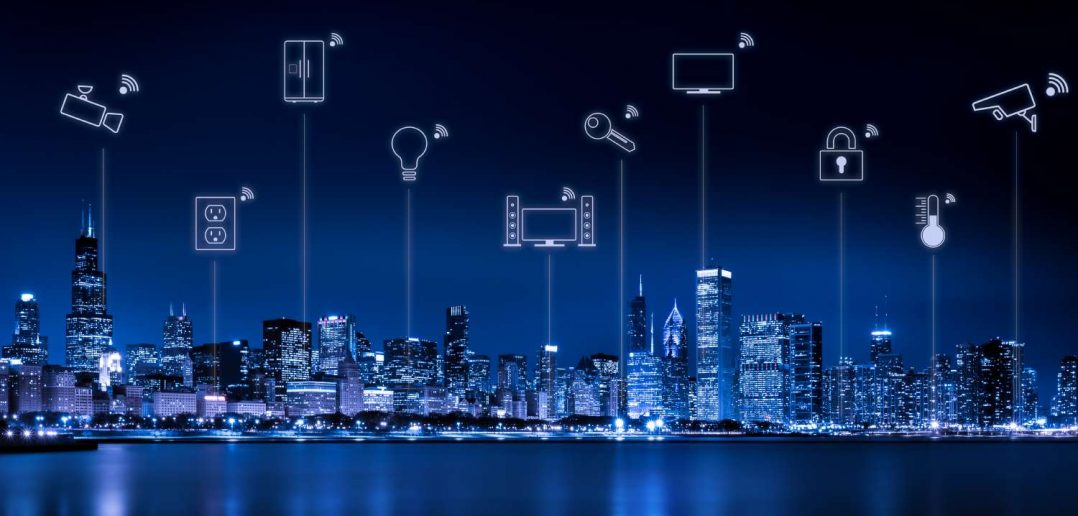You’ve probably heard the stats about the number of internet-connected devices, which make up the Internet of Things (IoT). Most likely, you’re part of the narrative.
We're all connected in new ways and through more devices than ever before. Sometimes IoT impacts our daily lives – safety sensors on cars, location information on your kids’ phones. The benefits of these IoT applications include peace of mind and positive customer experience.
Another group of IoT applications are industrial, such as automation in manufacturing, supply chain and shipping logistics. Corporations invest in these IoT technologies to recognize the benefits of process efficiency and lower costs.
But what about the electric utility industry? Aren’t they already hyper-connected through the smart grid? What will additional IoT devices enable for utilities? Today’s power providers want to provide customers with reliable energy services and products at fair market costs. To do so, they must leverage the best of IoT across their value chain – from generation to transmission, distribution and retail.
In fact, as I discussed in the video below, energy is one of the industries that is MOST transformed by the IoT. This is because IoT is aligned with three key trends in energy: digitization, decentralization and disruption.
Let's look at the benefits that each of these areas can bring to the electric grid, and how IoT plays a role.
Digitization
Unfortunately, the electric grid is pretty inefficient today in many areas. Not all of the electricity that is generated is able to be consumed. Some of that is natural line loss, but other losses are related to underperforming assets and outages that could be prevented. Sensors throughout the system help to predict problems before they occur. In this digitized landscape, data is the new currency.
Decentralization
IoT technology is also helping integrate distributed energy resources, such as solar, wind and batteries. In fact, their contribution is made possible because of IoT devices. IoT is quickly becoming the glue of the modern electric grid.
Disruption
IoT devices and data are enabling more players to participate in electricity markets. We are already seeing this with 3rd party solar providers and the trend will continue as electric vehicle infrastructure expands. Utilities are no longer the only provider of energy services. New market entrants may be complimentary or in direct competition with some aspects of the utility portfolio. In the IoT era, knowing your customer is the key to long term engagement and revenue growth.
Bloomberg predicts that 5.8 million people across North America and Europe will have smart home devices by 2019, capturing valuable data about customer behavior. Customers are in the drivers seat. They will decide who to share data with and how to source power for their devices, including electric vehicles, with tradeoffs for cost and convenience. These IoT trends are opportunities for the utility to update their business model to be ready to support the energy customer of the future.

